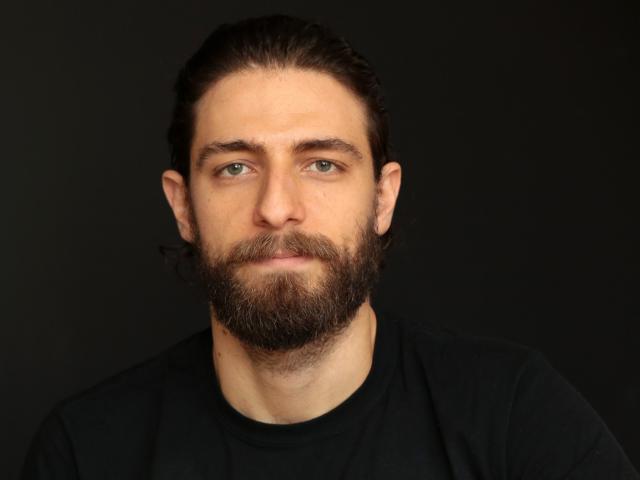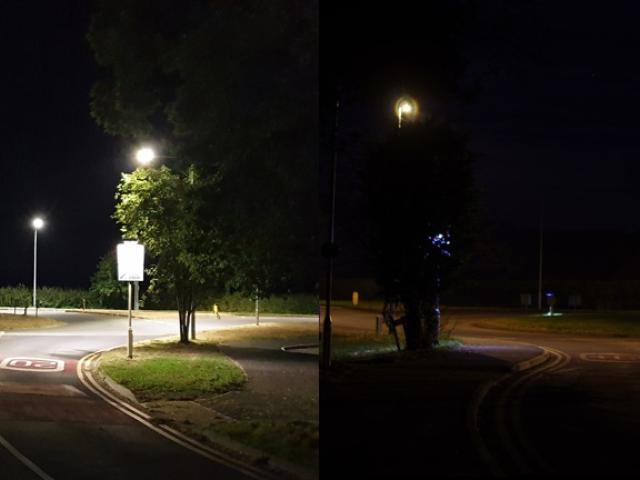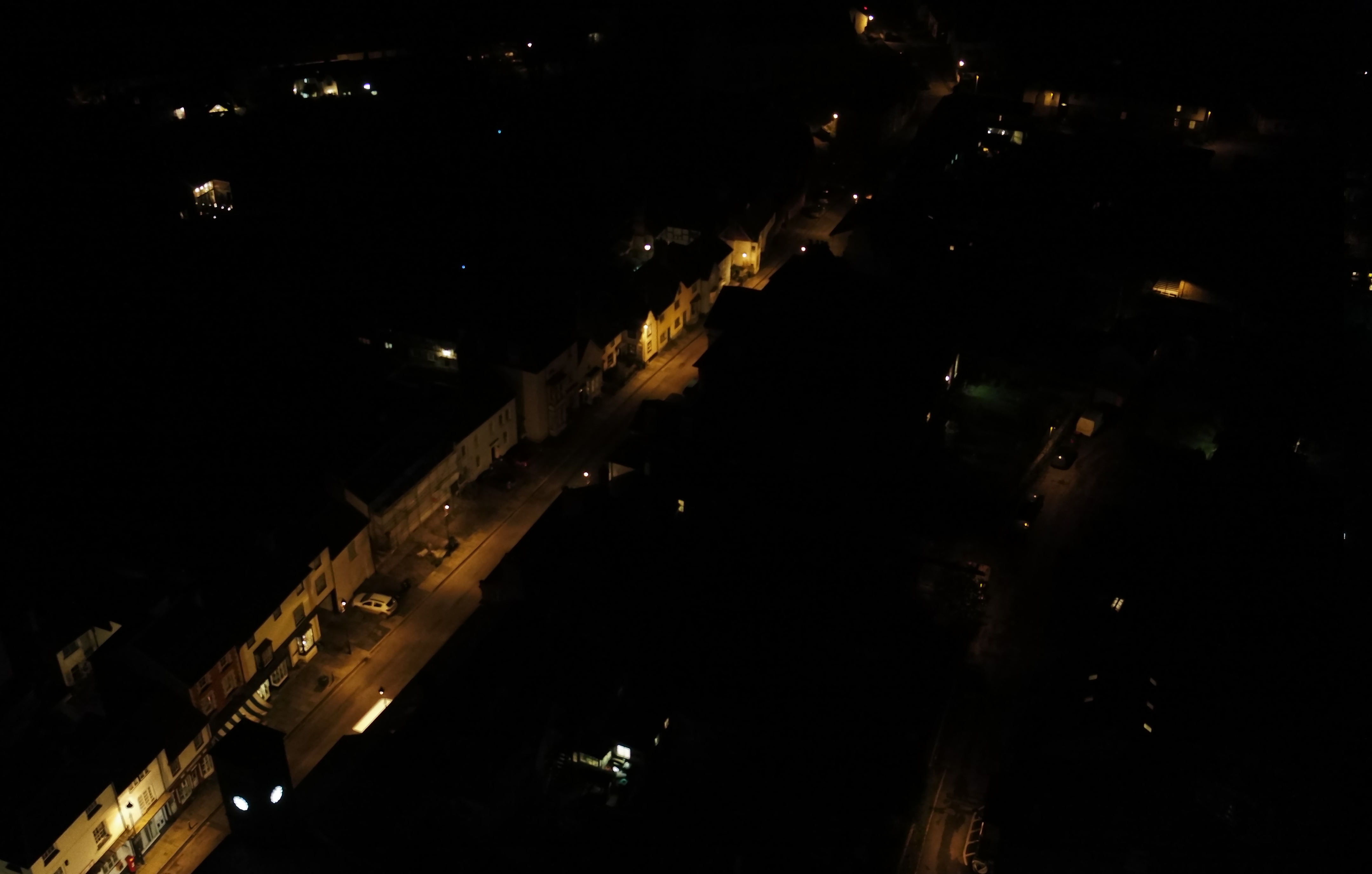Kerem Asfuroglu is a lighting designer and dark skies advocate from southern Turkey. Having earned an MA in Architectural Lighting Design from Wismar University in Germany, he now lives in Ireland where he runs an environmentally sustainable lighting design practice. We spoke to Kerem about a new approach to lighting design, the power of people, and how communities can embrace their dark side.

Kerem, what drew you to the issue of light pollution?
After my MA, I moved across to the UK and worked as a lighting designer at a commercial lighting firm in London for nearly eight years. It was during that time that I really became aware of the growing problem of light pollution, both for people and the environment.
When people think about pollutants, they tend to think of chemicals in water or fumes in the air. However, light can be incredibly damaging for human health, for example by interrupting sleep patterns, and for the health of the environment, by disrupting the behaviour of nocturnal wildlife. I think the biggest threat of light pollution is to pollinators – they’re the foundation of our ecosystems but artificial light can be hugely damaging to them.
The more I discovered about light pollution, the more I also began to realise how much power we, as lighting designers, had to influence not only how light is used, but how much light is used. We were part of the problem, but we could also be part of the solution, and it was the prospect of that creative challenge that inspired me to start Dark Source.
Tell me about Dark Source.
When you’re working on projects which are driven by commercial goals, you tend to use light to embellish a space. It’s often about influencing how a space is perceived, using light as a language to convey a message – whether that’s wealth or authority or luxury. But sometimes, that can come at the cost of the ecological and social environment. I wanted to flip the thinking on lighting design and create a practice that elevates environmental and social aspects of lighting design rather than just being led by aesthetics, which is how Dark Source was born.
At Dark Source, we put sustainability at the heart of our lighting design, developing schemes which are dark sky friendly, people friendly, and reduce costs and CO2 emissions. It’s a very different approach to other lighting design practices.
How did you get involved in community dark sky projects?

I have always loved volunteering and getting involved in community projects. I used to volunteer in youth centres mentoring teenagers, which was a really transformative experience. You go in focusing on what you can provide for others, but it’s incredible how much you learn and gain in return.
After founding Dark Source, I wanted a way to combine my passion for working with communities with my love of lighting design and my ambition to tackle light pollution. Supporting communities to become designated DarkSky International Dark Sky Communities was the perfect way to do this.
In 2019, I started working with the town of Presteigne in Wales. The project started off with a small, amateur environmentalist group who wanted to tackle light pollution in their local area. I became involved not only to help develop dark sky friendly lighting schemes but also to open up communication between the community and the public bodies involved – in this case, Presteigne & Norton Town Council and the Powys County Council. Once those communication channels were open, it was incredible to see how quickly people mobilised and motivated themselves. From there, it snowballed into the town becoming the first ever certified Dark Sky Community in Wales.
I believe collaboration and communication are key to the success of projects like these, and Presteigne is a perfect example of the community, local authorities and consultants coming together to achieve more than they could individually.
Are dark sky communities the key to tackling light pollution in the UK?
Although policy and legislation are really important in seeing widespread change, I think precedent and momentum at a community level can make a huge difference. Once we’d shown how dark sky friendly lighting could work for people and the environment in Presteigne, the county council was able to use this as a model and is planning to roll it out across more towns. And the more we learn from these projects and show success, the easier it will be for other communities across the UK to replicate.
However, one challenge that can be difficult to tackle at a community level is private lighting. In Presteigne, public lighting, like streetlights, was the main driver of light pollution, so that was our focus. The next step is to look at commercial lighting and industrial lighting. What I have found, though, is that people in these spheres are very open to listening, so again, communication is key.
What advice would you give to other communities wanting to embrace dark skies?
I think the first step is to build people power, and an important part of that is being as inclusive as possible. Find groups who might share the same goals as you – for example, if you’re in a local astronomy group, join forces with local nature conservation groups! Find the right channels for your community to share information – a Facebook page, a local newsletter – and make your message as accessible and welcoming as you can. Remember that you might be talking to people who don’t know anything about these issues, so your message needs to work for these people too. The more people who get involved, the more able you are to bring authorities to a negotiation table.
Goodwill goes a long way. You have to open a lot of gates when you want to make changes at a community level, and you’ll meet a lot of gatekeepers. But having an open mind and being willing to compromise is critical. Whether it’s a dark skies project or another environmental project, you can be dealing with issues that can be quite emotive for people, so it’s important to be sensitive to that.
Always put the community first. I found it interesting living in London that I would be given notices asking for my opinion on a neighbour’s extension, that I would likely not even see, but not about changes to lighting right outside my door. In Presteigne, we carried out tests with new lighting schemes and went back to the community to get their thoughts and opinions. Empowering communities through that dialogue is the best way to bring about sustainable change.
Be patient. Light is a huge part of our culture, it has associations with safety, with security, with progress, and minds need time to adjust, not just eyes!
To find out more about light pollution and steps you can take to reduce it at home, and to sign up for a free Guide to Light Pollution and Moths visit Join the Dark Side


